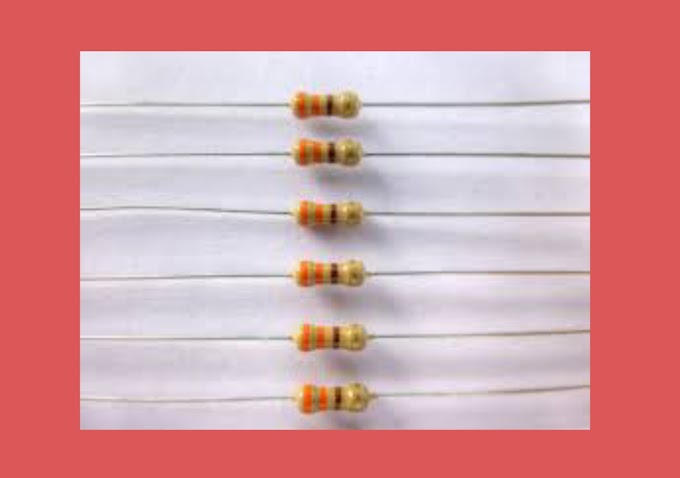We all lives our daily life is to be a biggest need for energy as well electric⚡ & electronic📲 devices to be need for battery (energy) so, read this post, let start it,
* working principle of battery?
We are now shown in the two figures, if there are two electrodes, one is a anode and another is a cathode these electrodes are immersed in electrolyte solution. one electrodes are chemically reduces when the current flow and becomes (+) terminal cathode. other oxides and becomes (-) terminal anode. when electrodes are connected to load (RL).
The cells are connected in series current from 50mA to 100mA to increased the voltage. A single cell provides 1.5 volts cell is continuously used the process is continuous the electrolyte dries to stop the chemical action.
on other hand, the cell are connected in parallel current capacity is increased provide the voltage is 1.5 volts but current rating increases the battery provides steady DC voltage on a fixed polarity.
The chemical reaction is not produce electric energy is reversible is called primary cell.
The chemical reaction is produced electric energy is reversible is called secondary cell.
*charging and discharging of battery or electronic devices. how it is work?
The load connected across the battery the current flowing through neutralized the separate charges of electrodes it's a simple words, means electrodes of a battery to realeses the electrons hence, cell is discharging.
on other hand, chemical reaction is reversed by supplying external DC volts source with the cell surviving a load resistance means electrode are absorbs the electrons hence, this action is known as charging of a cell.
charging and discharging of a cell is known as cycling of a cell
* Types of batteries:--
1. single cell battery
2. multi cell battery
3. multi cell with taps
1. Electrochemical system used in cell
2. Primary & secondary cell
3. Voltage rating
4. Internal resistance
5. Capacity Ah & mAh
6. Temperature range (storage & operation)
7. Energy density (Watt-hr)
8. Discharge curve
9. Cycle life for secondary cell
10. Drain rate
11. Shelf life
12. Cost
13. Size
One by one understand 👆 this specifications so, let's go
1.Electrochemical system:- it is a chemical mechanism used to generate electric magnetic field (EMF)
2. Primary battery:- use and throw
Secondary battery:- again use and use
3. Voltage rating:- nominal means 'named' so a nominal voltage is the named voltage. ex:- nominal voltage of the supply system in 230v . But it's actual value is allowed to vary between 216.2v to 253.0v
4. Internal resistance:- oppose the current in the circuit ( ohm's)
5. Capacity:- expressed as ( Ah) & (mAh)
6. Temperature range:- electrolyte must be protected from ambient temperature. cell is electrochemical.
7. Energy density:- weight's (wt's) of devices provides energy/hr.
8. Discharge curve:- specific size of cell. flat cell used in any environment.
9. Cycle life for 2nd'ry cell:- 2000 times charge after not work.
10. Drain rate:- battery discharge rate.
11. Shelf life:- indicates life of battery. you think so, car batteries yes, (long usable batteries).
P
12. Cost:- Device information
13. Size:- Current
* Applications & uses of batteries are given below:-
1.House:- Disposal batteries like remote controls, torchlights etc. rechargeable batteries such as alkaline batteries used in digital cameras, cellphones and many more.
2. Health instruments:- Artificial limbs, hearing aids, insulin pumps, mercury batteries useful for photographic light meter's & electronic devices such as real time clock of appliances.
3. Logistics and construction:- The lead-acid battery is used for starting, lighting & ignition of automobiles.
4. Fire fighting & emergency:- Batteries used in radios very important for emergency response. ECG's, flashlights and even metal or fire detectors use batteries.
5. Military:- Even night vision infrared goggles are powered by batteries
* Main points:-
1. Cell are connected in series to increase voltage
2. Cell are connected in parallel to increase current capacity
3. The secondary cell is called storage cell ex- NiCd (nickel-cadmium), lead acid, lithium ion batteries.
4. Primary cell- one time use cell
Secondary cell- reuse cell
5. Shelf battery- reuse.
Unshelf battery- 1 time use cell .
Remote cell- dry cell.





















1 Comments
Useful & good information
ReplyDelete